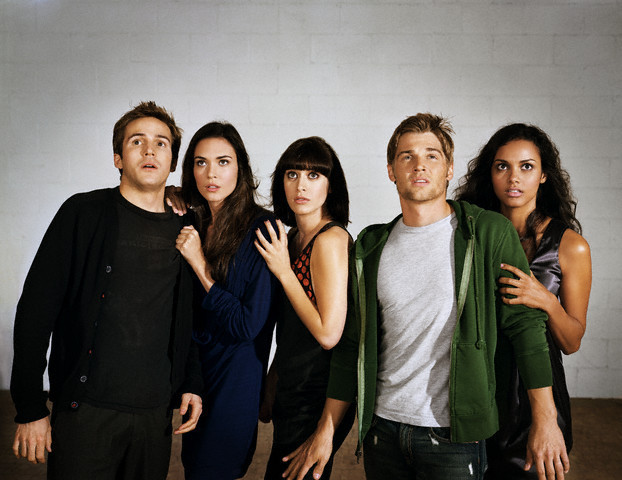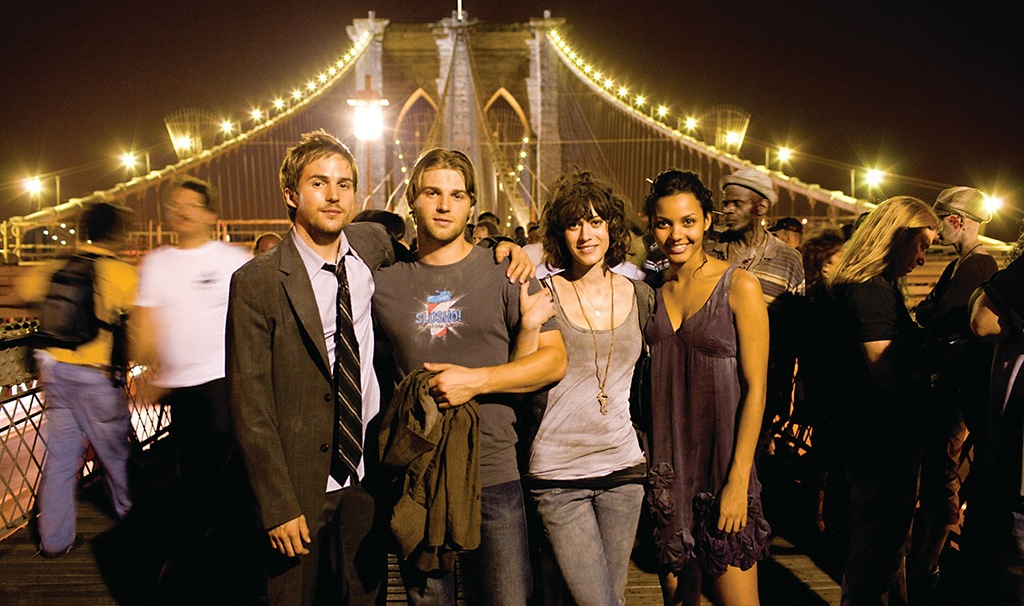The Intriguing Cast of Cloverfield: Unmasking Their Roles and Impact
The found-footage monster movie Cloverfield (2008) arrived on the scene with a bang, captivating audiences with its claustrophobic perspective and the terrifying mystery of its central creature. But beyond the monster, the film’s success rested on its believably panicked and relatable characters. This article delves into the cast of Cloverfield, exploring their roles, their impact on the narrative, and how they contributed to the film’s enduring legacy. We’ll dissect their motivations, their relationships, and how their performances amplified the film’s sense of dread and urgency.
The Core Group: Navigating Chaos in New York City
The heart of Cloverfield lies in the tight-knit group of friends desperately trying to survive the unfolding disaster. Their interwoven relationships and individual personalities are crucial to the film’s emotional resonance.
- Rob Hawkins (Michael Stahl-David): Rob is the central figure, the reason for the party, and the subject of the farewell video that frames the entire narrative. He’s about to move to Japan and, despite the chaos, his friends rally to help him. His character arc revolves around his relationship with Beth and his desperate attempts to reach her.
- Lily Ford (Jessica Lucas): Lily is a key member of the group, providing a more grounded and practical perspective. She is often the voice of reason amidst the panic, offering support and a sense of normalcy. Her role highlights the importance of friendship and loyalty in times of crisis.
- Hud Platt (T.J. Miller): Hud is the cameraman and the film’s narrator. He is the audience’s direct link to the events, capturing the chaos with his handheld camera. His nervous energy, moments of levity, and unwavering dedication to his friends, even in the face of death, make him a memorable character.
- Marlena Diamond (Lizzy Caplan): Marlena is often the most vulnerable member of the group. While initially appearing somewhat aloof, she proves her bravery and resilience throughout the ordeal. Her fate is particularly tragic and serves as a stark reminder of the monster’s destructive power.
- Jason Hawkins (Mike Vogel): Rob’s brother, Jason, represents a more stoic and pragmatic perspective. He provides a level head, but his attempts to maintain order are often overshadowed by the escalating panic.
Supporting Characters: Adding Depth and Perspective
While the core group is the film’s focus, supporting characters contribute to the overall sense of realism and the scale of the disaster.
- Beth McIntyre (Odette Yustman): Beth is Rob’s love interest and the catalyst for the group’s desperate mission. Her presence, though largely unseen, fuels the narrative drive, and her plight is a constant source of tension.
- The Military Personnel: Throughout the film, brief glimpses of the military’s efforts to contain the creature and rescue survivors add to the sense of urgency and helplessness. Their limited screen time reinforces the overwhelming scale of the disaster.
- Other Survivors: The fleeting interactions with other panicked survivors highlight the shared human experience of fear and survival during a crisis. These encounters underscore the film’s themes of community and compassion.
The Impact of the Cast on Cloverfield’s Success
The actors’ performances were critical to the film’s success. Their ability to portray realistic reactions to an unimaginable situation made the monster’s presence all the more terrifying. Here’s how they contributed:
- Authenticity: The actors were encouraged to improvise and react naturally, creating a sense of spontaneity that amplified the found-footage style.
- Relatability: The characters were portrayed as ordinary people, making it easier for the audience to empathize with their plight and become invested in their survival.
- Emotional Resonance: The actors delivered raw and emotional performances, allowing the audience to experience the full spectrum of fear, anxiety, and grief.
- Elevated Stakes: The genuine performances gave the monster’s attacks more weight, making each loss feel impactful and contributing to the film’s overall dread.
Beyond Cloverfield: The Cast’s Continued Success
The success of Cloverfield propelled the careers of many of its cast members. They have since appeared in a wide range of films and television shows, demonstrating their versatility and talent. Their ongoing successes further cement Cloverfield’s legacy as a launchpad for promising actors.
Conclusion: A Lasting Impression
The cast of Cloverfield played an integral role in the film’s success, crafting believable characters who reacted in ways that resonated with audiences. Their performances, combined with the film’s found-footage format and the terrifying mystery of the monster, created a truly unforgettable cinematic experience. Their contributions continue to be praised, proving the lasting impact of their portrayals and solidifying Cloverfield’s status as a modern monster movie classic.
Frequently Asked Questions About the Cloverfield Cast
Q1: Where can I watch Cloverfield?
Cloverfield is available on various streaming platforms. Check your local listings or streaming subscriptions for availability.
Q2: What is the significance of the found-footage style in Cloverfield?
The found-footage style enhances the film’s realism and immediacy, immersing the audience in the characters’ experiences. It creates a sense of panic and vulnerability, making the monster’s presence all the more terrifying.
Q3: What is the name of the monster in Cloverfield?
The monster is often referred to as “Clover” by fans, though its official name is never explicitly stated within the film.
Q4: Are there any sequels or spin-offs to Cloverfield?
Yes, 10 Cloverfield Lane (2016) and The Cloverfield Paradox (2018) are considered part of the same cinematic universe. However, 10 Cloverfield Lane is a spiritual sequel, while The Cloverfield Paradox is a direct sequel.
Q5: What is the main theme of Cloverfield?
The main theme of Cloverfield is the survival of a group of friends during a catastrophic event, emphasizing loyalty, courage, and the struggle for survival in the face of the unknown.




